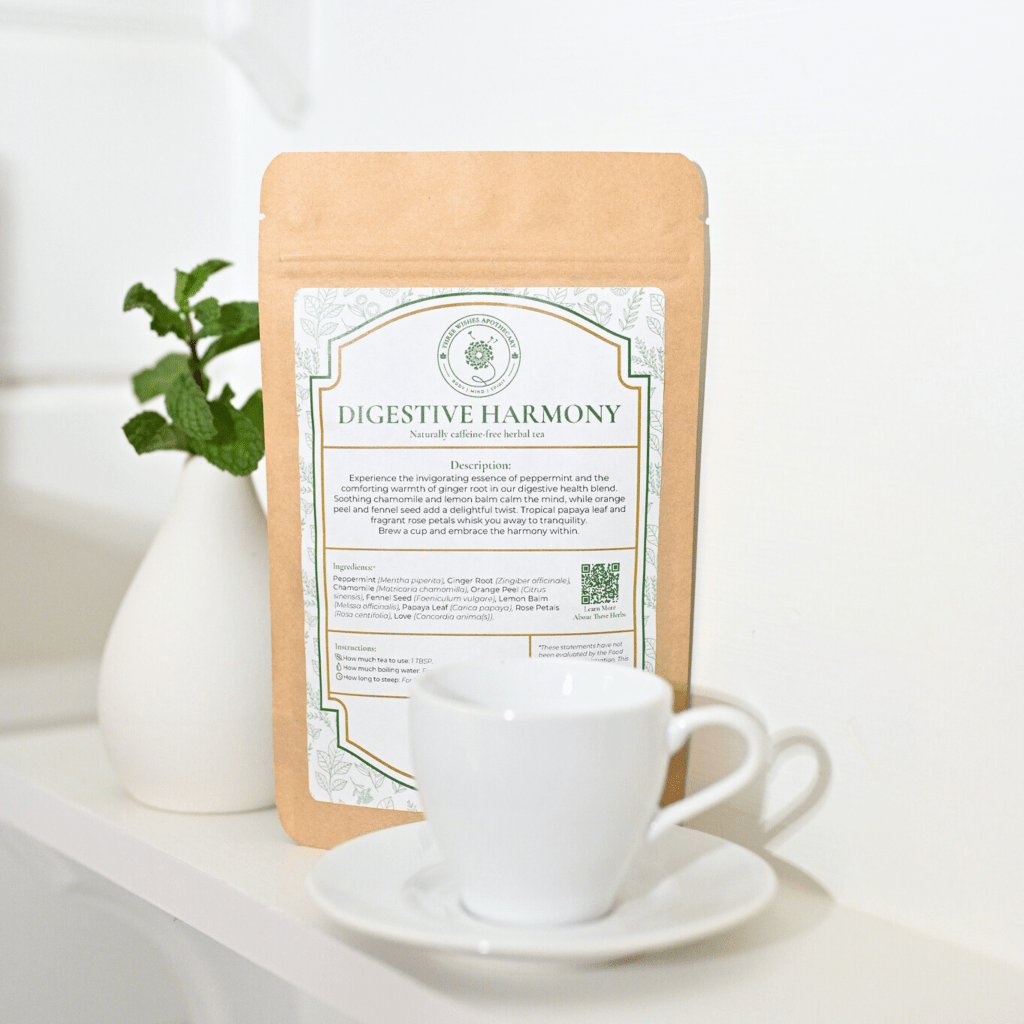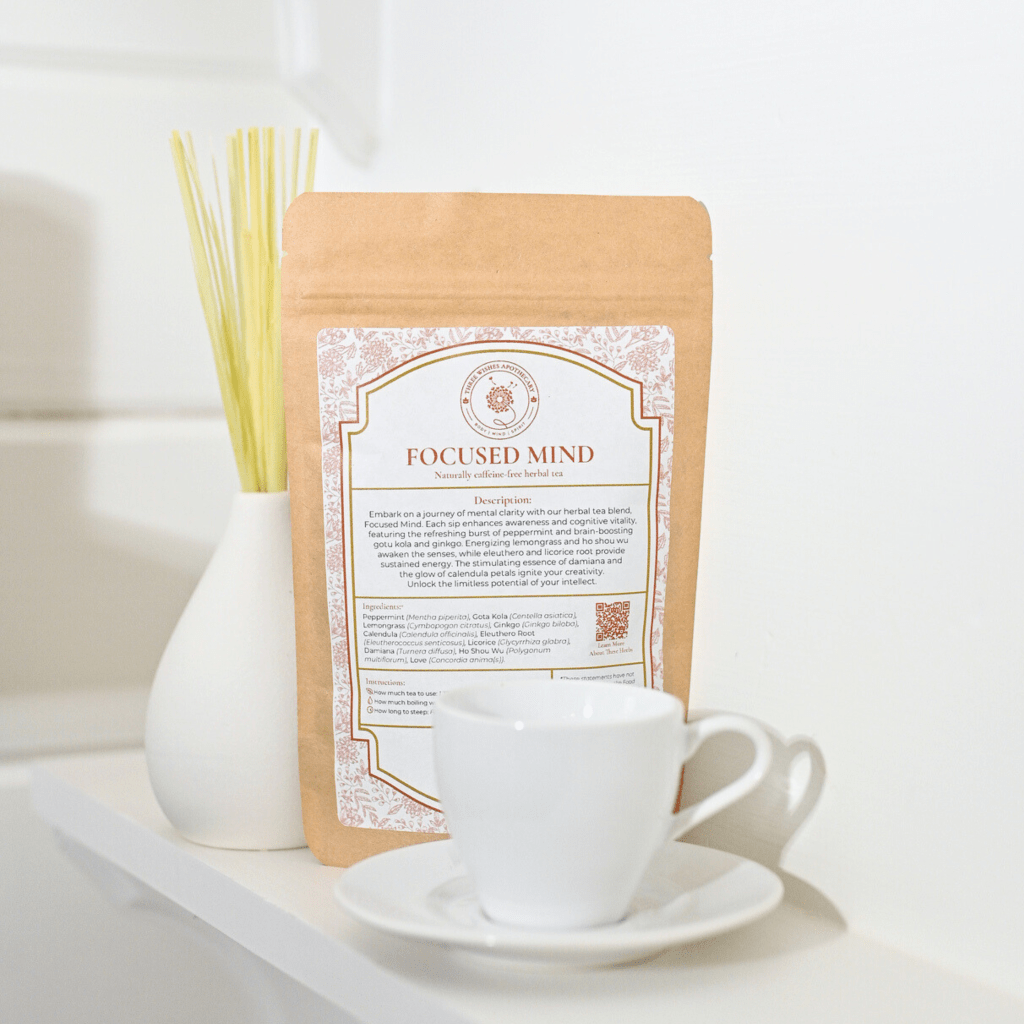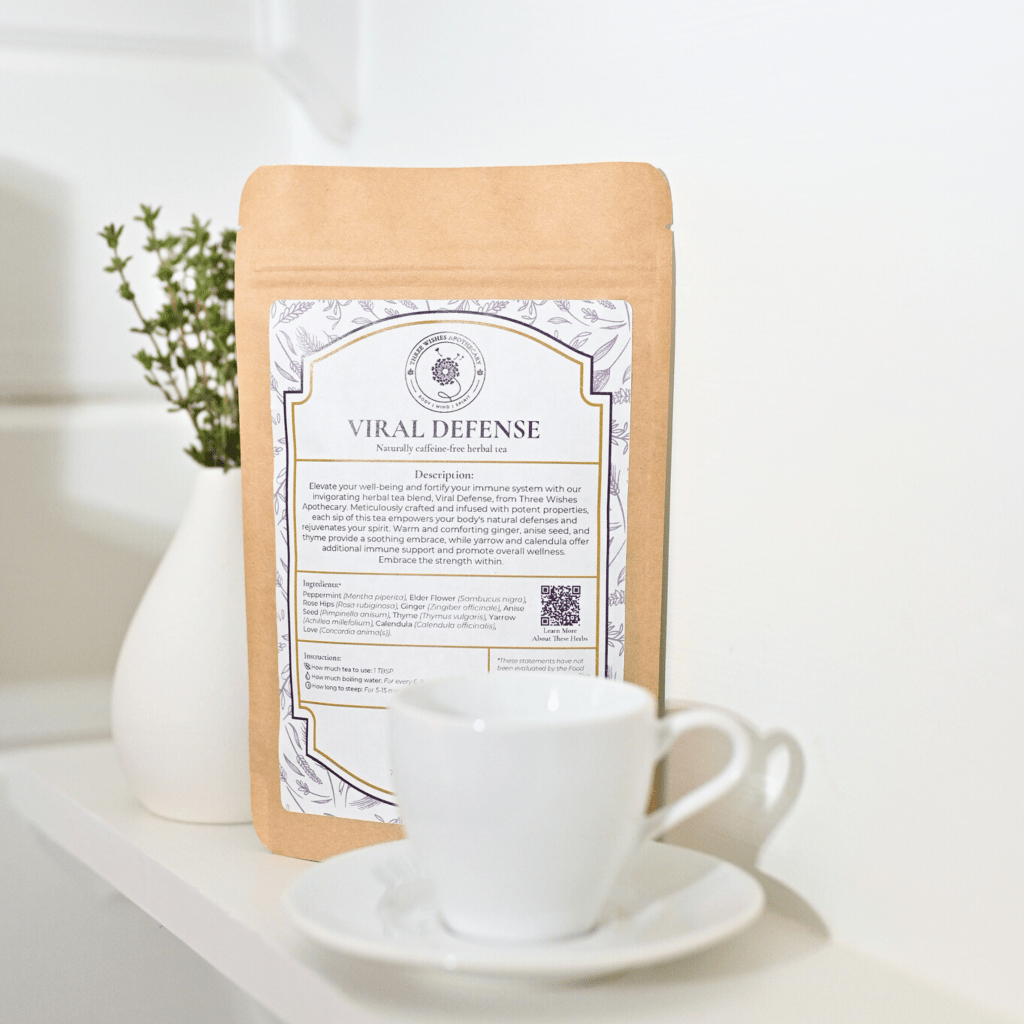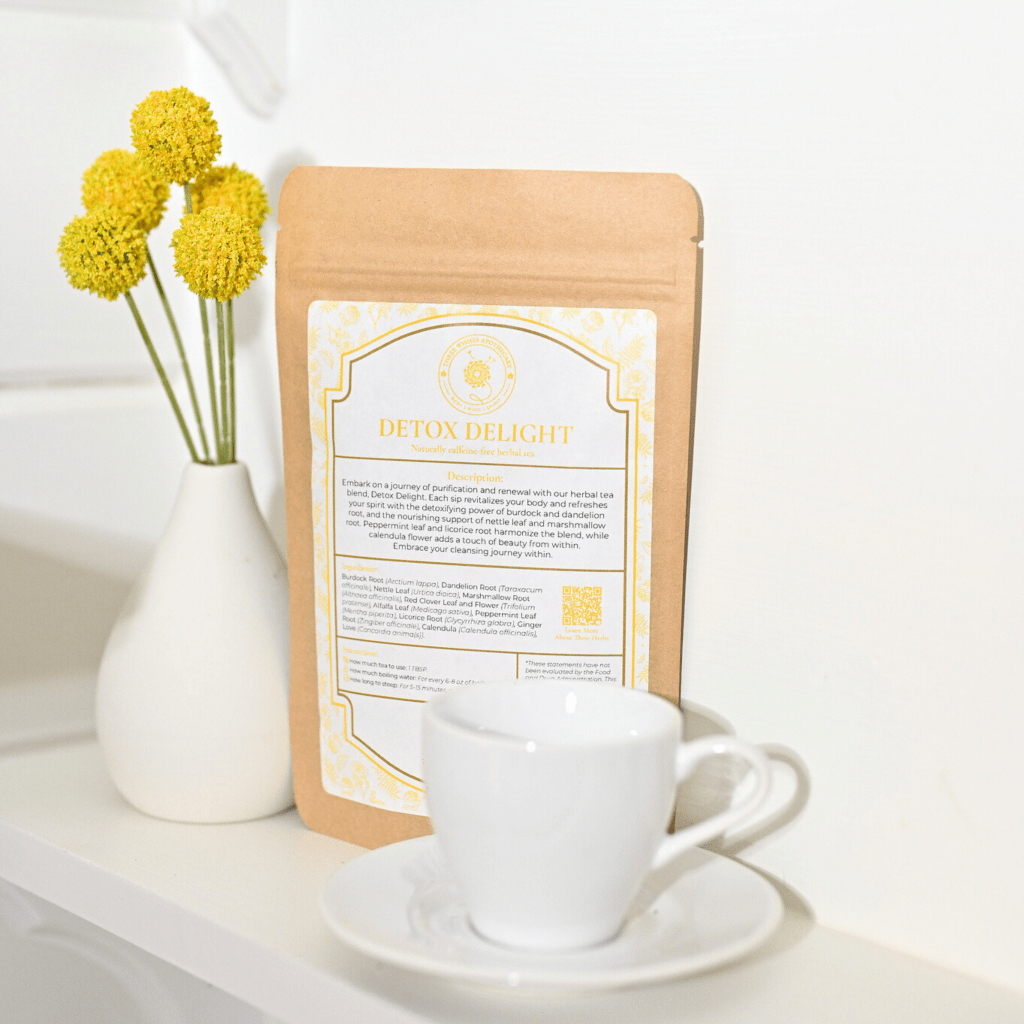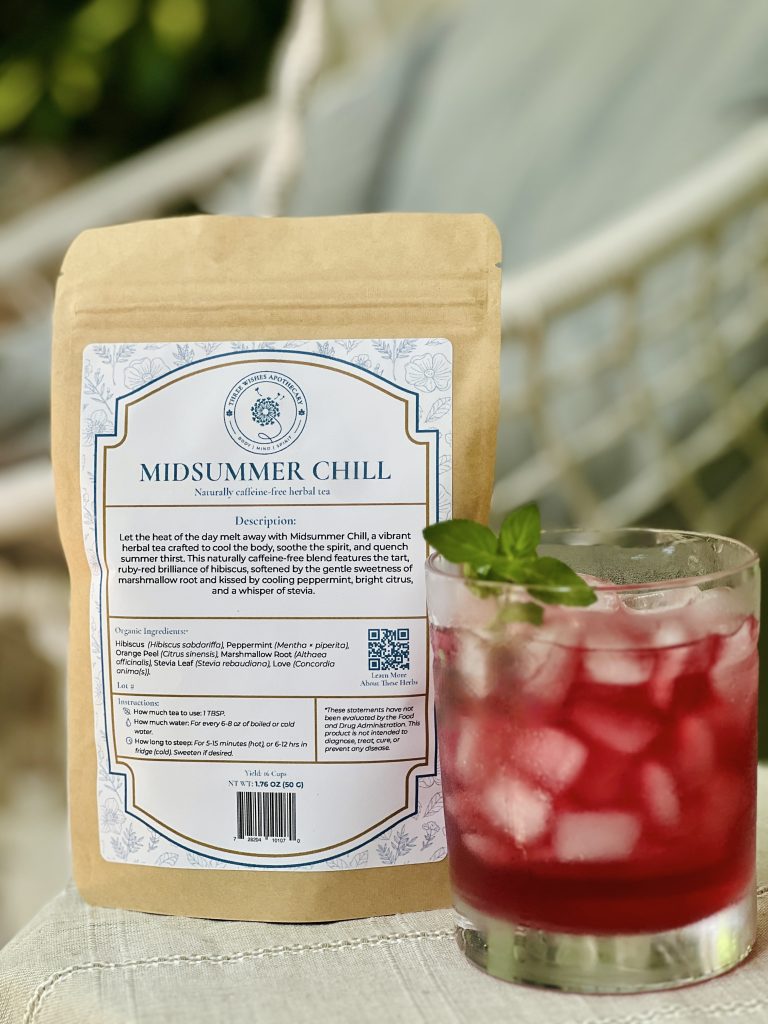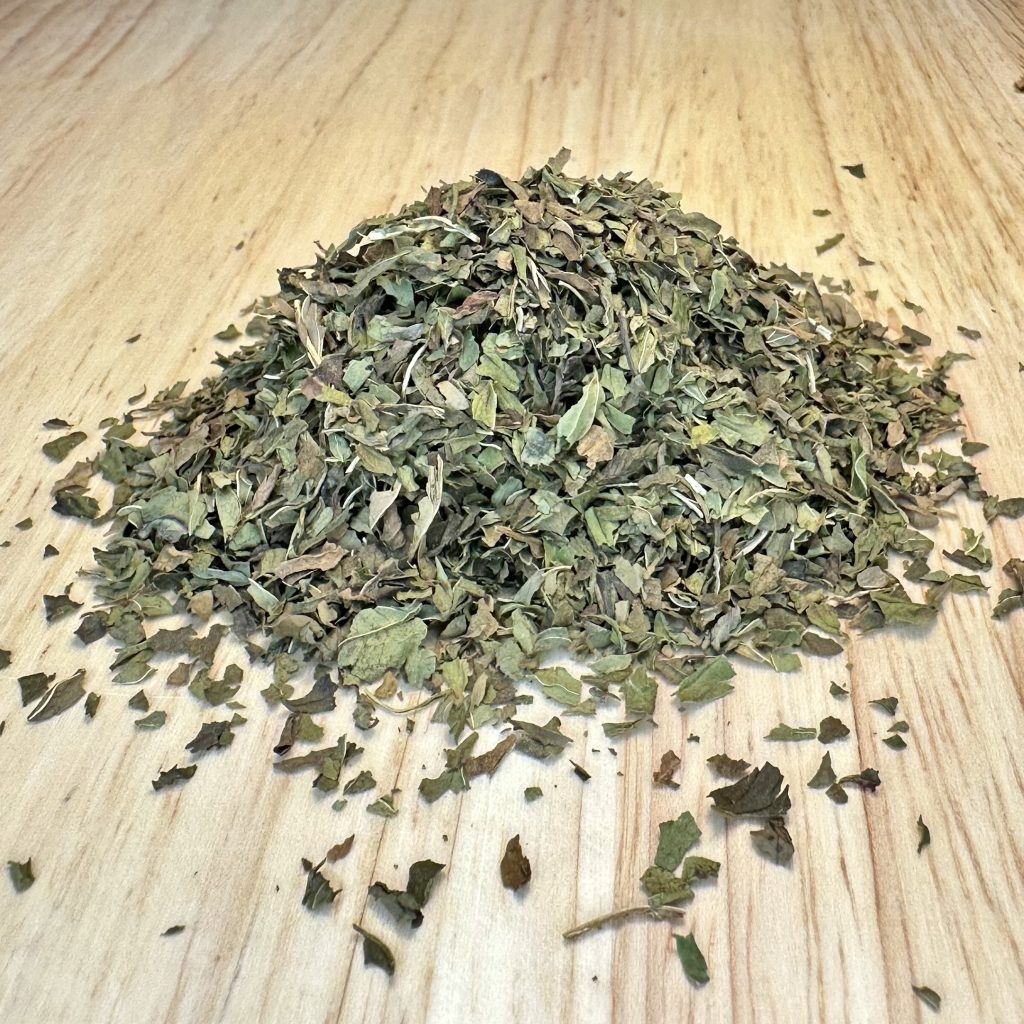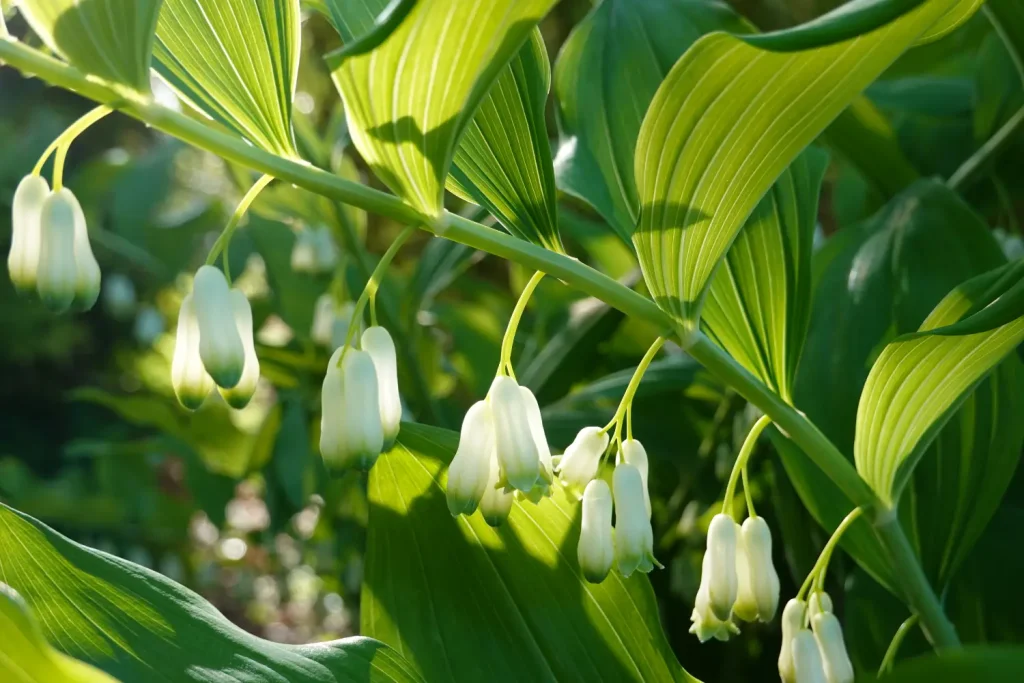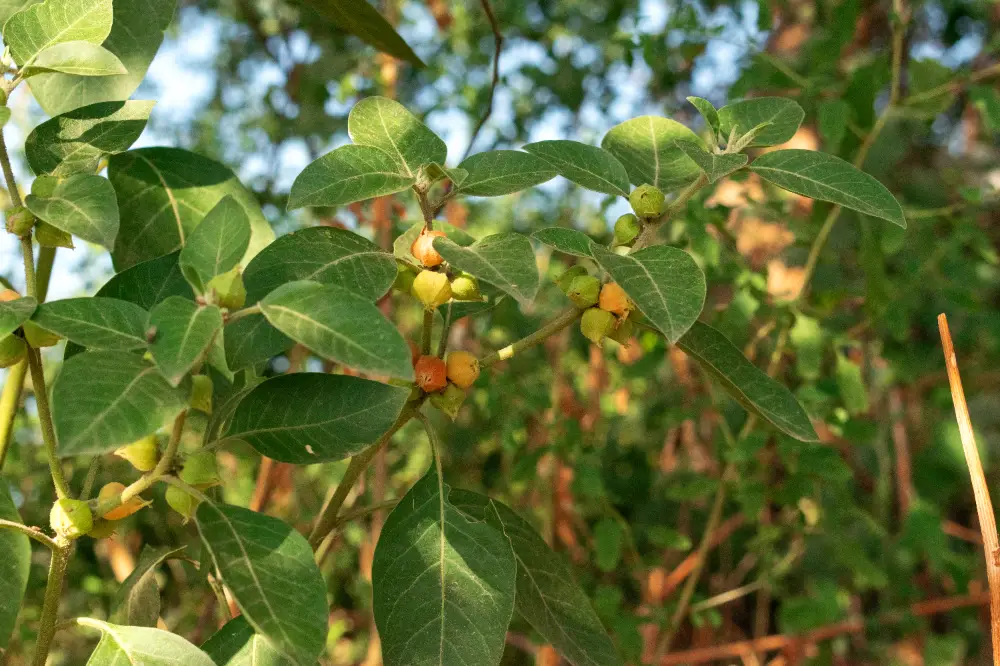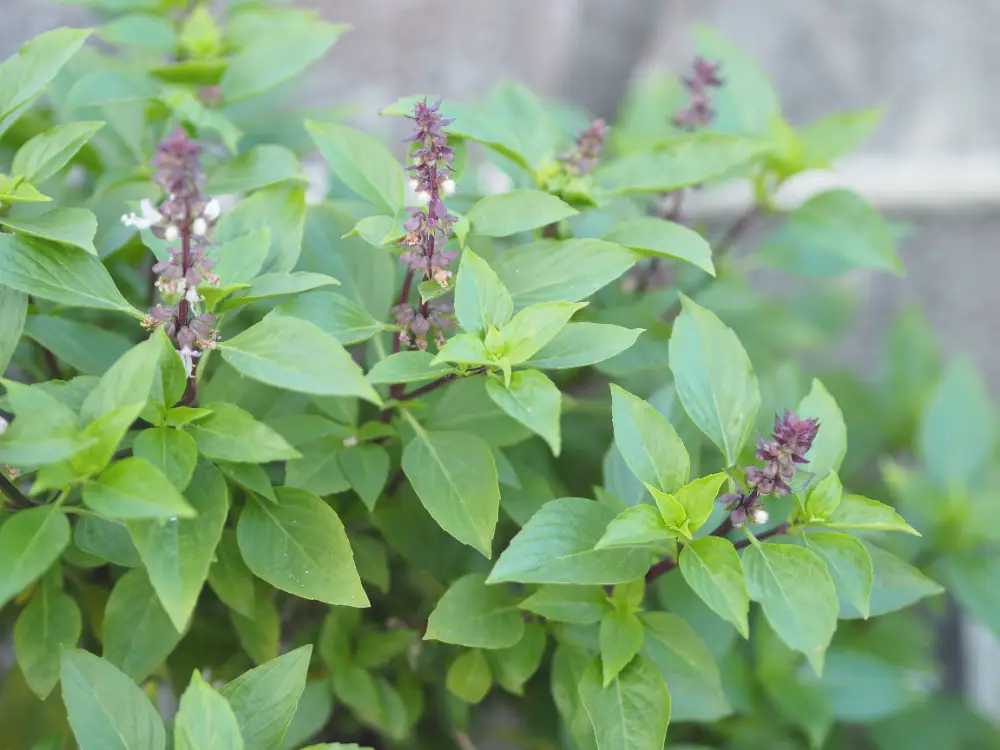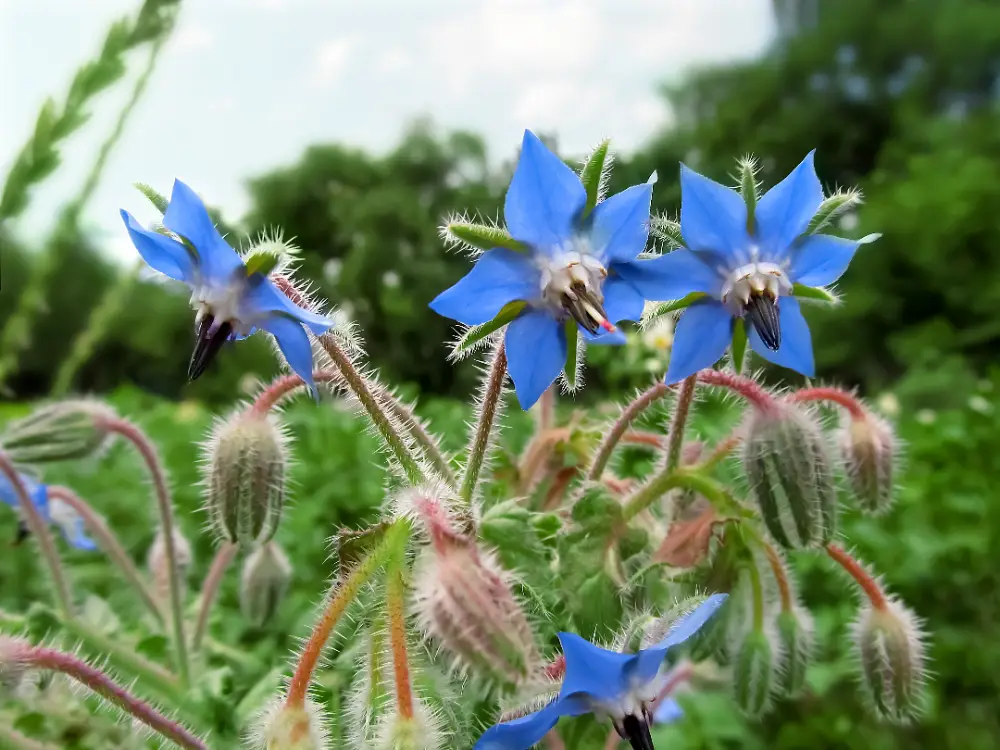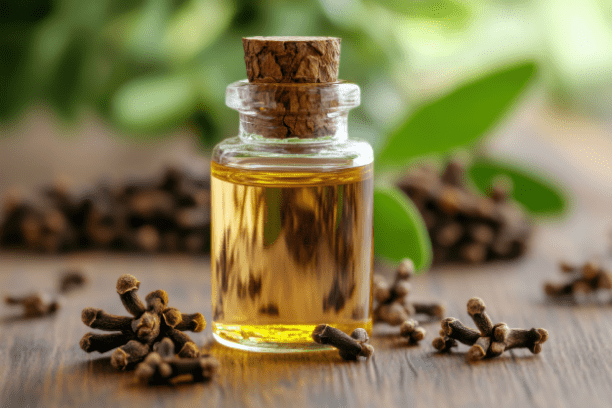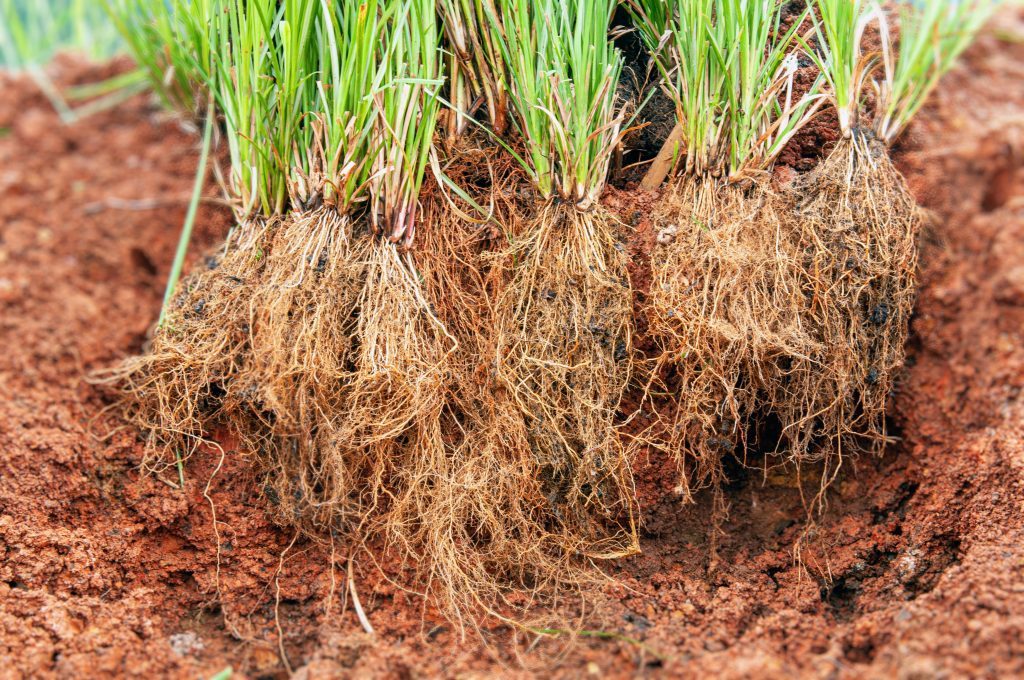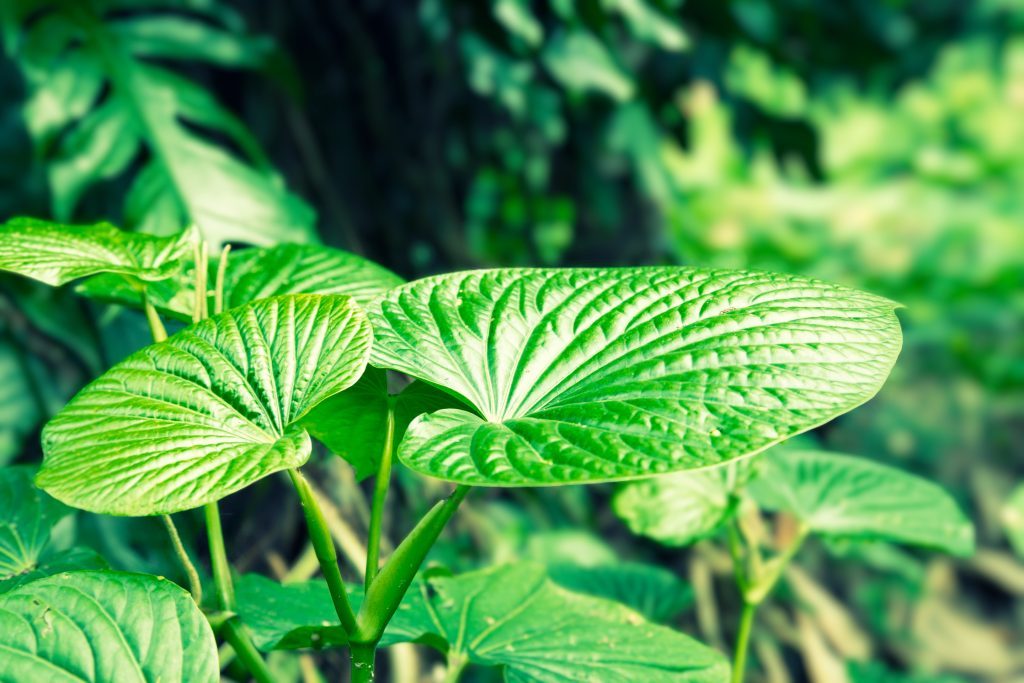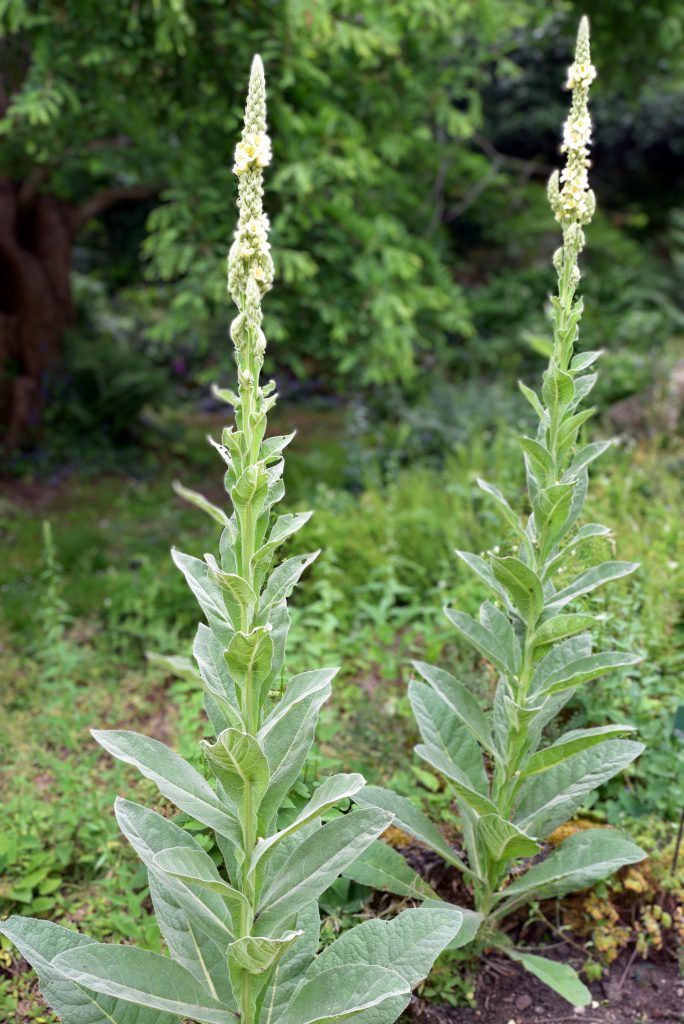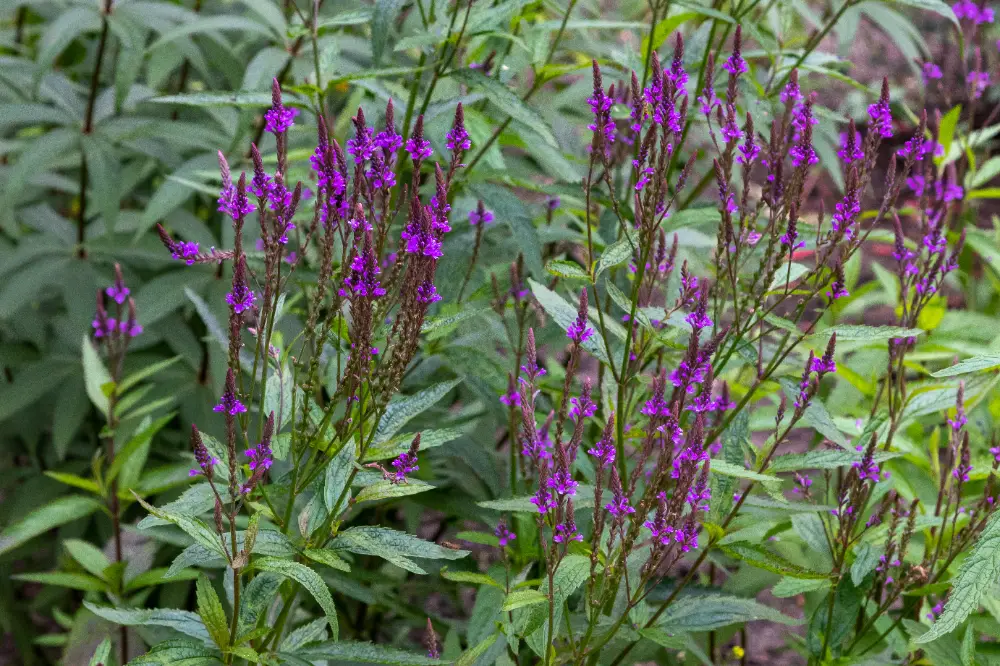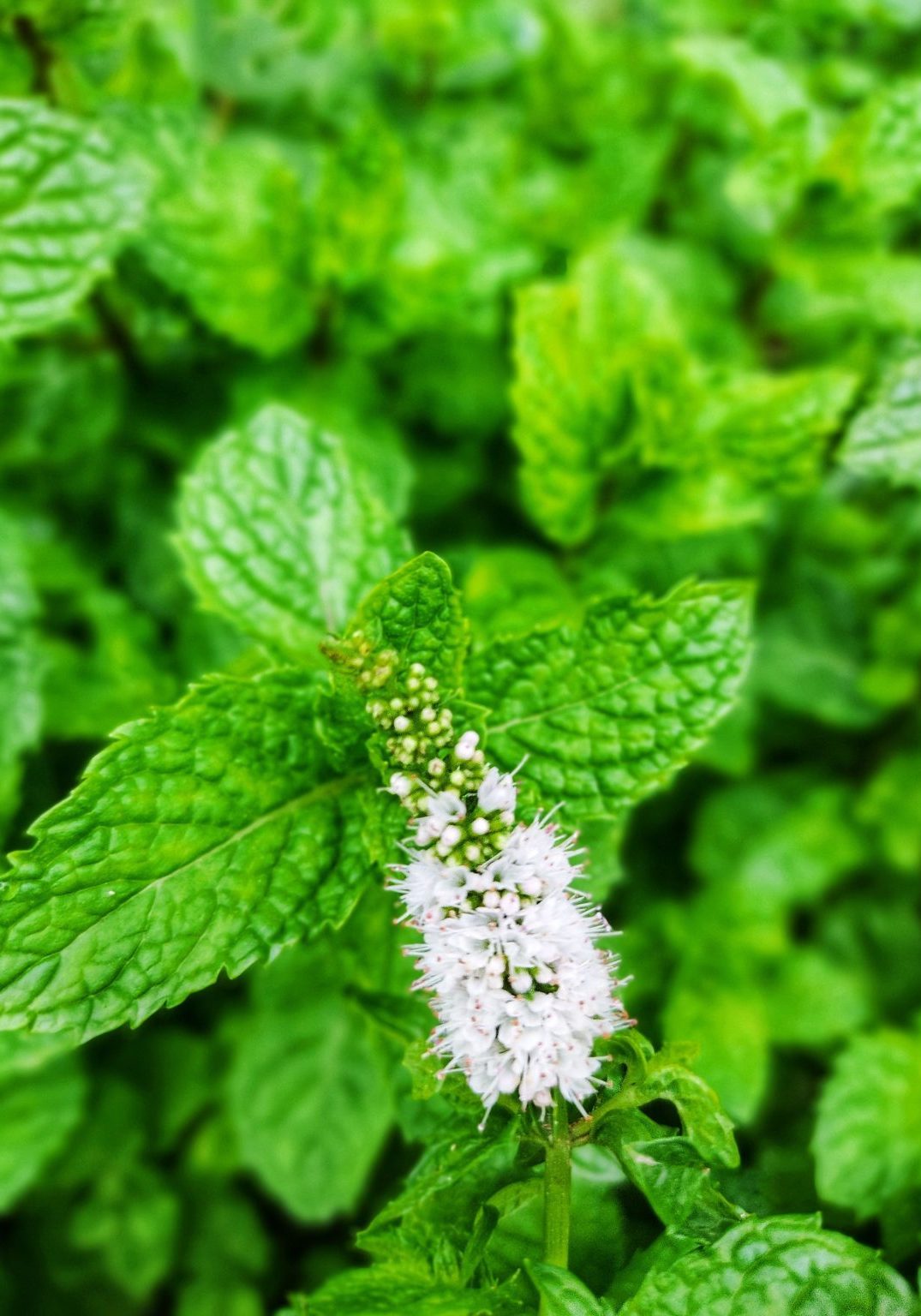
Peppermint
Mentha x piperita
Laminaceae (Mint Family)
An Aromatic Ally for Supporting the Nervous and Digestive Systems.
Other names:
Superpower
Peppermint has the unique ability to both cool and warm, depending on how it is used, making it a versatile herb for a range of needs. It calms frazzled nerves and supports digestion, offering a refreshing yet soothing effect that aligns body and mind.
Uses
Digestive Aid: Peppermint has long been used to support digestion, reduce bloating, and ease nausea. Its carminative properties help to expel gas, making it a popular remedy for indigestion and IBS (Irritable Bowel Syndrome).
Nervous System Support: Peppermint’s cooling and invigorating effects extend to the nervous system, where it can help alleviate tension headaches, reduce stress, and promote mental clarity. It is used to calm the mind while energizing the body.
Respiratory Health: Traditionally used in steam inhalations, peppermint opens the airways and eases congestion, making it a natural choice for colds, sinus issues, and respiratory discomfort.
Topical Use for Pain Relief: Applied externally, peppermint oil provides a cooling and analgesic effect, often used to relieve muscle pain, tension, and even mild skin irritations. It is commonly found in balms and massage oils for sore muscles.
Antimicrobial Properties: Peppermint contains compounds that exhibit antimicrobial activity, making it useful for addressing mild infections, bad breath, and even oral health when used in mouthwashes.
Cautions
Toxicity:
High doses of peppermint essential oil (EO) can cause burning and irritation and may exacerbate GERD and dyspepsia in some individuals.
Contraindications:
Avoid topical application of peppermint oil to broken skin. Use caution in individuals with a history of GERD, bile duct obstruction, gallstones, hiatal hernia, and liver disease. Internal use of peppermint essential oil should be avoided during pregnancy and lactation.
Interactions:
Peppermint essential oil may interact with anti-hypertensives (may block calcium channels and cause hypotension) and may increase cyclosporine levels.
Known Chemical Constituents
Volatile Oils: Menthol, menthone, menthyl acetate, cineole, and limonene
Flavonoids: Luteolin, hesperidin, rutin, eriocitrin
Tannins: Rosmarinic acid
Triterpenes: Ursolic acid, oleanolic acid
Phenolic Acids: Methyl-salicylates, rosmarinic acid, chlorogenic acid, caffeic acid
Bitter Principle
Gums and Resins
Nutrients: Carotenes, choline, Vitamin E, and minerals such as magnesium, potassium, and calcium
Botanical Description
Habitat: Mentha x piperita, commonly known as peppermint, thrives in temperate regions and is widely cultivated across Europe, North America, and Asia. It grows best in moist, well-drained soils with full sunlight to partial shade.
Leaves: The leaves are dark green with a serrated edge, oval-shaped, and grow in opposite pairs along the stem. They are highly aromatic when crushed, releasing the characteristic peppermint scent.
Stems: The square-shaped stems are smooth and often tinged with a reddish-purple hue. They can grow between 1 to 2 feet tall, spreading through underground rhizomes.
Flowers: Small, pale purple to white flowers bloom in whorls at the ends of the stems. They typically appear in mid to late summer, attracting pollinators like bees.
Roots: Peppermint spreads through a shallow, creeping root system (rhizomes), allowing it to cover large areas if not contained.
Fun Facts
Did you know that peppermint has been used for over 10,000 years? Archaeological evidence suggests that it was found in the ancient Egyptian pyramids! It was also a highly prized herb in ancient Rome and Greece for its digestive benefits and was often served at feasts to aid digestion.
Parts Used
Aerial
Harvest
Timing:
Peppermint leaves are best harvested just before flowering, typically in late spring to early summer (June to August), when the concentration of essential oils is at its peak. For continuous harvesting, the leaves can be picked throughout the growing season before the flowers bloom.
Method:
Use scissors or pruners to carefully snip the leaves and stems without damaging the plant. Harvest in the morning after the dew has dried to ensure optimal oil content. If harvesting flowers, cut them just before they fully open. For best results, harvest on a dry day to avoid moisture buildup during the drying process.
Storage:
After harvesting, leaves and flowers should be dried in a cool, shaded, and well-ventilated area to preserve their medicinal properties. Once fully dried, store them in airtight containers away from direct sunlight and moisture. Dried peppermint is most potent when used within one year.
Preparations
Teas/Infusions: Used for digestive support, fevers, and pain relief. A simple hot tea can relieve bloating, nausea, and colds.
Tinctures: Commonly used for joint pain, inflammation, and digestive issues such as acid reflux. The concentrated form is quick-acting and portable.
Poultices: Applied topically to treat skin irritations and inflammatory conditions. Fresh peppermint leaves can be crushed and applied directly to soothe.
Syrups: Used to soothe sore throats and coughs, providing relief from respiratory issues and irritation.
Capsules: Taken as a supplement for pain relief and to reduce inflammation, particularly for digestive and musculoskeletal support.
Sacred Rituals
Peppermint Clarity Meditation: Brew a cup of peppermint tea and sit in a quiet space. As the steam rises, inhale deeply, allowing the refreshing aroma to clear your mind. Focus on your breathing and let the peppermint guide you toward mental clarity and inner calm. This ritual is perfect for setting intentions or grounding before a big decision.
Affirmations
“I invite clarity, balance, and soothing energy into my life. Like peppermint, I embrace both the cooling and warming aspects of my nature, finding harmony within.”
Spiritual Associations
Peppermint is associated with purification, renewal, and mental clarity.
Functions
An analgesic is a substance that relieves pain by reducing the perception of pain signals or alleviating discomfort without causing a loss of consciousness.
Anti-emeticA substance or agent that helps prevent or reduce nausea and vomiting.
Anti-inflammatoryA substance or agent that reduces inflammation in the body, soothing irritation, swelling, or redness in tissues.
Antimicrobial
A substance or agent that inhibits the growth of or destroys microorganisms, including bacteria, viruses, fungi, and protozoa.
AntispasmodicA substance or agent that helps relieve or prevent involuntary muscle spasms, cramps, or contractions in smooth or skeletal muscles.
CarminativeA substance or agent that helps relieve gas, bloating, and discomfort in the digestive system by promoting the expulsion of gas and soothing the digestive tract.
CholagogueA substance or agent that promotes the release of bile from the gallbladder into the digestive tract, aiding in digestion and detoxification.
Diaphoretic
A substance or agent that promotes perspiration, helping the body regulate temperature, detoxify, and respond to fevers.
Digestive & Elimination HealthThe overall well-being and optimal functioning of the digestive system, which includes the gastrointestinal tract, liver, pancreas, and other supporting organs. It encompasses the processes of breaking down food, absorbing nutrients, and eliminating waste, as well as maintaining a healthy balance of gut microbiota.
Expectorant (clears mucus)Headache AlleviationHeadache alleviation refers to interventions or substances that reduce or relieve the discomfort of headaches, including tension headaches, migraines, or sinus-related pain.
Respiratory HealthRefers to the optimal functioning of the lungs and airways, enabling efficient breathing and the exchange of oxygen and carbon dioxide.

